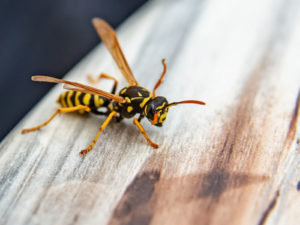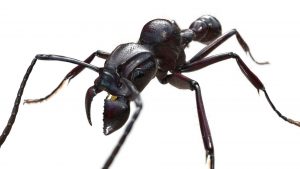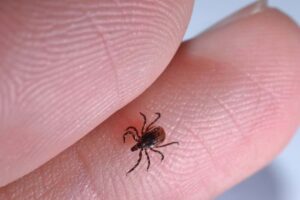One of the most encountered pests, rodents can be found all over the country. Did you know, they find their way into approximately 21 million U.S. homes each winter? In fact, according to a survey by the National Pest Management Association (NPMA), nearly one-third of Americans have had a rodent problem in their home. Different types of rodents typically invade homes during the fall and winter in search of food and shelter as the climate cools, although they can still pose problems throughout the rest of the year. The majority of homeowners surveyed reported rodent sightings in the kitchen, as well as the basement and living room to lesser extents.
A rat or mouse problem inside a home or business can pose a big threat to both health and property. Various types of common rodents are known to spread Salmonella and other bacteria. They are also capable of triggering allergies and asthma attacks. They can also carry disease-causing parasites, such as ticks, fleas and lice. In addition to these health threats, rodents are known to damage drywall as well as wood and can also chew through electrical wires, increasing the risk of electrical fires.
Proper rodent prevention measures and awareness are essential to keep both people and property safe. Rats can squeeze through openings the size of a quarter while mice can fit through holes as small as a quarter of an inch in width. Once inside, females can breed quickly. For example, a single female mouse can have as many as 12 young every three weeks, allowing infestations to quickly grow.
Read on to learn more about the different types of rodents, as well as the best prevention techniques to keep them out of your home.
Common Types of Rodents
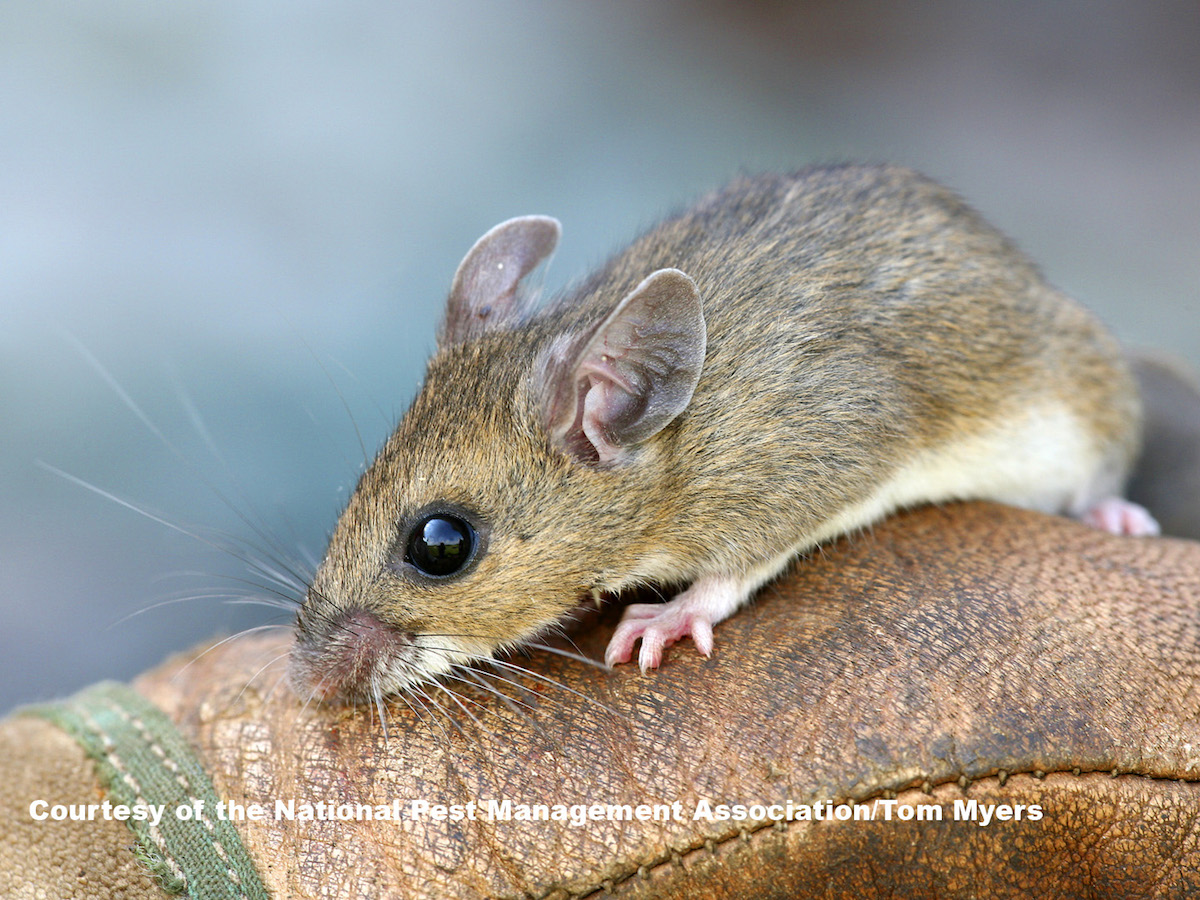
Deer Mice
Region: Deer mice are found throughout the United States.
Habitat: Deer mice prefer to nest in rural areas in places like old fence posts, tree hollows and log piles. Deer mice are rarely a problem in residential settings, but they can wander indoors during the winter months while searching for shelter and food. They will often take up residence in sheds, barns or cabins during the off season.
Threats: Deer mice are the most common carrier of hantavirus, a group of viruses spread by rodents that can cause kidney, blood or respiratory ailments and can sometimes be fatal in humans. The virus is transmitted primarily by the inhalation of dust particles contaminated with the urine, feces or saliva of infected deer mice.
Prevention Tip: Store pet food or birdseed in secure containers and household areas. Avoid keeping these items in places like garages or storage sheds, where they are more accessible and attractive to deer mice.
Unique Fact: Deer mice have a bicolored tail that is typically half brown and half white.

House Mice
Region: The most commonly encountered rodent species, house mice can be found throughout the United States.
Habitat: House mice typically nest in dark, secluded areas inside of structures. They are excellent climbers and can jump up to a foot in height, allowing them to reach isolated or withdrawn areas.
Threats: House mice can cause significant property damage by chewing through materials like drywall and insulation. Additionally, they have been known to spark electrical fires by gnawing on wires inside homes. House mice can also pose serious health threats, capable of contaminating stored food and spreading diseases such as Salmonella.
Prevention Tip: Preferring dark and sheltered areas, house mice tend to hide amongst household clutter. As such, it’s important to keep storage areas clean and well-organized, making sure to store boxes up off of the floor. Additionally, keeping food in sealed, rodent-proof containers will help ensure you are not attracting any intruders.
Unique Fact: House mice can fit through openings as small as a dime. Furthermore, although they have poor vision and are color blind, they make up for it with other enhanced senses.
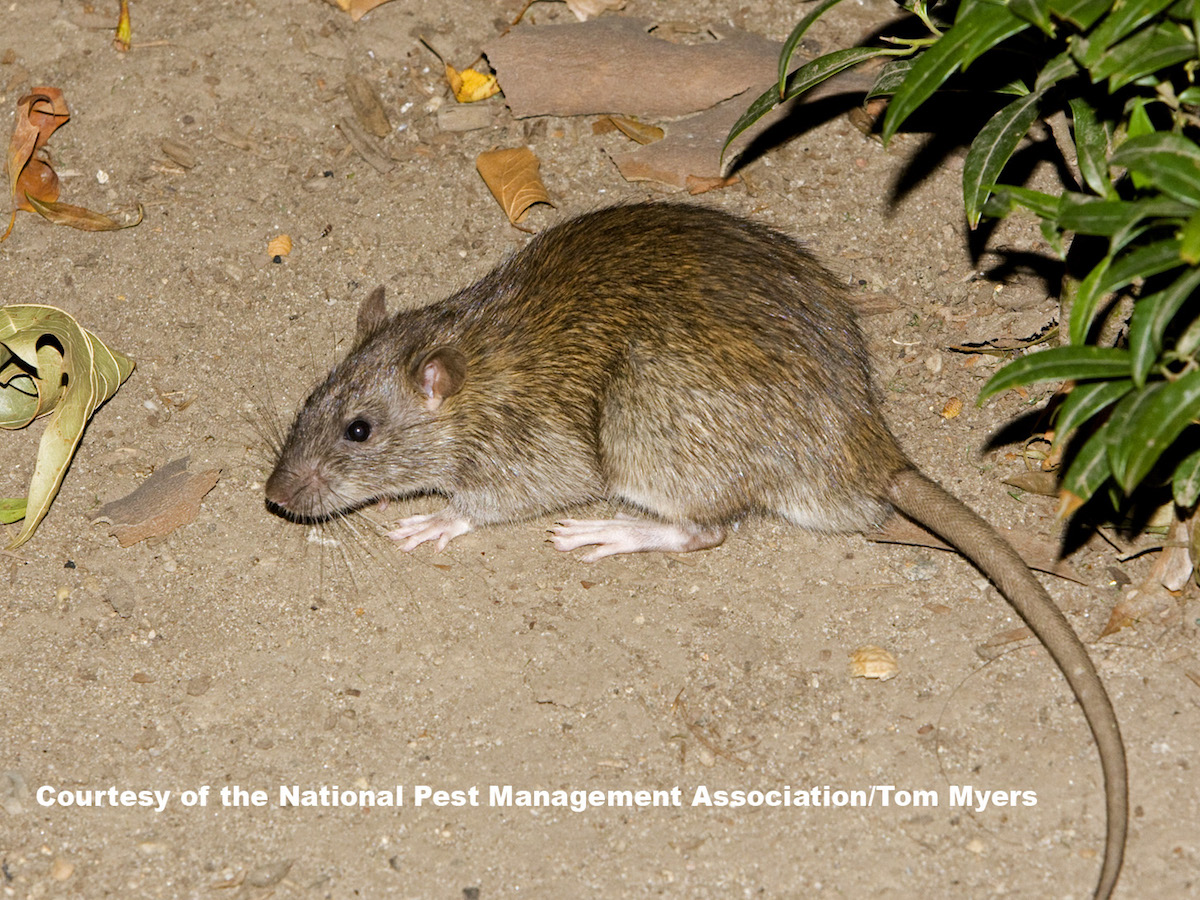
Norway Rats
Region: Similar to other species, Norway rats are widespread and can be found throughout the United States.
Habitat: Norway rats are primarily nocturnal and often burrow into piles of garbage or underneath concrete slabs. This species tends to enter homes in the fall when outdoor food sources become scarce, typically nesting in basements, crawlspaces and other undisturbed dwellings once inside.
Threats: Norway rats can cause serious property damage by gnawing through various materials, including plastic and lead pipes. They are also vectors of disease, including the plague, jaundice, rat-bite fever and cowpox virus. Additionally, this species can bring fleas and mites inside the home.
Prevention Tip: Keep a close eye out for signs of an infestation such as droppings, gnaw marks, damaged food goods and grease rub marks. An infestation can rapidly grow, so detecting and dealing with potential intruders promptly is essential.
Unique Fact: Norway rats can fit through holes as small as a ½ inch, or the size of a quarter
.
Roof Rats
Region: Thought to be of Southeast Asian origin, roof rats can now be found throughout the U.S. coastal states and southern third of the country.
Habitat: Roof rats typically live in colonies and prefer to nest in the upper areas of structures or trees.
Threats: Historically, roof rats and the fleas they carry have been associated with the bubonic plague. Although cases are rare, roof rats can also spread diseases like typhus, jaundice and trichinosis.
Prevention Tip: If you have any fruit trees on your property, promptly clean up any fruit that has fallen as this can attract roof rats. Also, ensure that garbage is stored in tightly closed receptacles.
Unique Fact: Roof rats are also known as the “black rat” or “ship rat,” due to their dark color and excellent swimming ability.
If you suspect or discover a rodent problem, contact a licensed pest control professional for help. Rodents are known to reproduce quickly and pose a variety of serious threats, and removal is not a “do it yourself” job. To learn even more about the different types of rodents, check out our rodent pest guides.

